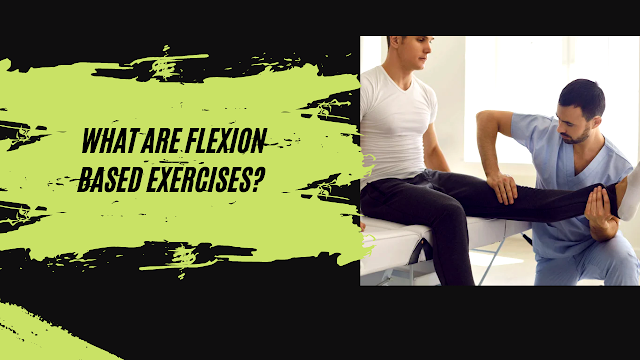Flexion-based exercises are also called flexor exercises, and involve using your elbow flexors to move your hands and fingers. Flexion based exercises are an important part of any exercise routine that focuses on full-body health, since your elbow flexors, more commonly known as biceps, form an important part of the health of many other muscles in your body, including your shoulders and hips. These exercises can help you maintain or improve the strength and health of these muscles while improving other aspects of your health as well.
Introduction
Flexion-based exercises use the movement of your spine to target your core and strengthen your abdominal muscles. The most common example of a flexion-based exercise is the crunch.
To perform the crunch, start by lying on the floor on your back with your knees bent and feet flat on the floor about hip-width apart. Place your hands behind your head for support or cross them in front of you at chest level.
What are Flexion-Based Exercises?
Flexion-based exercise is a type of exercise that focuses on the joint and muscles surrounding the joint. The goal is to increase flexibility, mobility and strength in this area. Flexions can help reduce pain in the back, neck or other areas of the body by stretching tight muscles. There are many different types of flexions, so it's important to talk with your doctor before starting any new exercise routine.
The Benefits of Flexion-Based Exercises
Flexion-based exercises, also known as hands-on therapy, is a type of treatment that uses hands and fingers to manipulate the joints of a person's body. This type of therapy is used by physical therapists to help patients who have injuries or illnesses in their joints, such as arthritis or carpal tunnel syndrome. Flexion-based exercises can be done in the clinic, at home, or even at work with a coworker.
How to Incorporate Flexion-Based Exercises Into Your Workout Routine
Flexion-based exercises, also known as core strengthening, work your abdominal and back muscles. This is a great way to improve posture and relieve pain in the lower back. To do this type of exercise properly, you need to understand what muscles you're targeting. You can then focus on those muscles during the exercise.
Conclusion
The goal of a flexion-based exercise is to strengthen the muscles that support the spine and prevent back pain. These include the abdominals, iliopsoas, erector spinae, and quadratus lumborum muscles. You can also do some exercises in bed if you have chronic low back pain because these types of movements will reduce stiffness without straining your back or neck.




